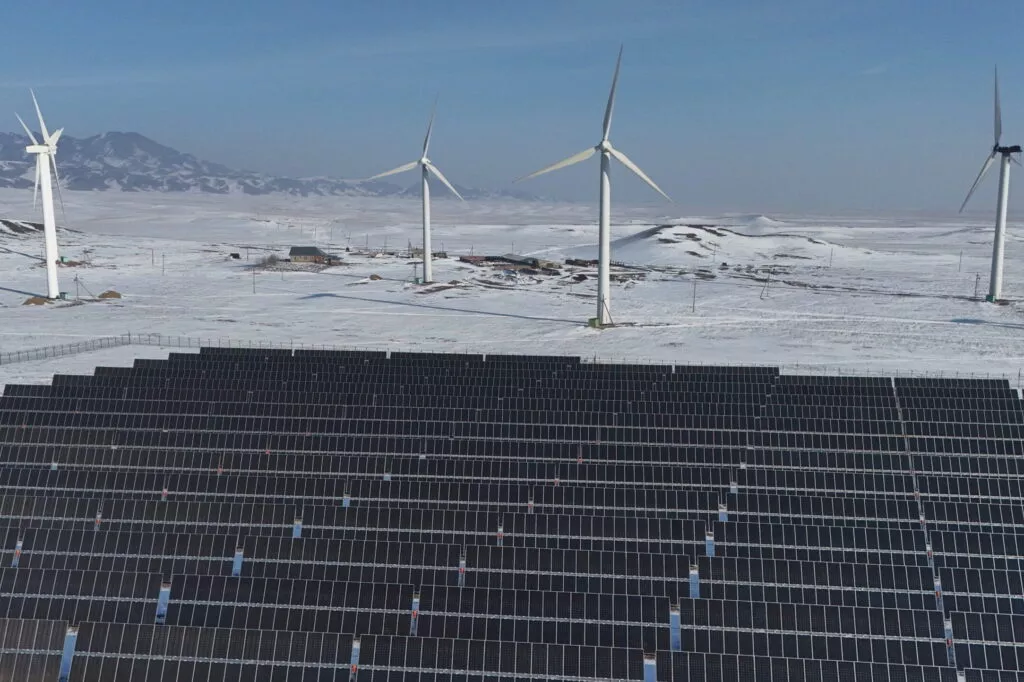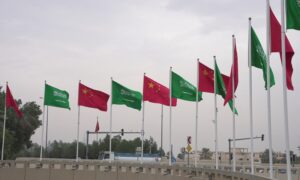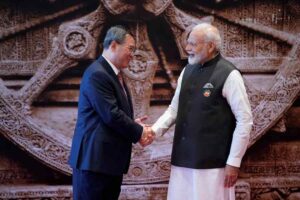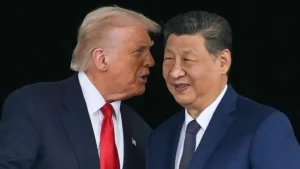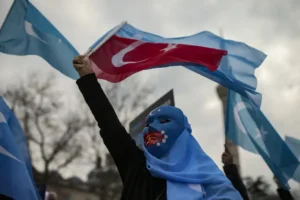Rising Anti-China sentiment and Attacks on Chinese in Pakistan
China’s ability to exert influence on Pakistan’s economy has grown substantially in recent years, mainly due to the fact that Beijing is now Islamabad’s largest creditor. However Chinese citizens in Pakistan have faced a series of targeted attacks, causing concern for both China and Pakistan. These incidents have occurred in the context of the China-Pakistan Economic Corridor (CPEC), a significant infrastructure project launched in 2015, valued at approximately $62 billion.
China’s presence in the port city of Gwadar, a key CPEC endpoint, has led to social unrest. Balochistan, where Gwadar is located, has a long-running violent insurgency. The local population has expressed grievances related to land acquisition, displacement, and economic disparities due to CPEC projects. In the years since China was granted a lease on Gwadar port, no work has begun on any such projects and instead locals say that China’s presence is undermining their livelihoods and creating local food shortages by allowing Chinese fishing boats to illegally fish in Pakistan’s waters around the port.
Chinese projects risk attack from myriad groups within Pakistan. These include ethno-nationalist separatists, primarily from Balochistan, and jihadi groups like Tahrir-i-Taliban Pakistan (TTP). There are two broad motives for targeting Chinese assets. The first relates to grievances with CPEC itself. These issues are most clear in Balochistan, where the acquisition of the land for the Gwadar port, the exclusion of Baloch firms, and the dominance of Chinese workers increase hostilities. Baloch groups feel that Chinese investment is exploitative, with Beijing expropriating the province’s resources and giving little back. For instance, Baloch groups oppose the prioritisation of rail lines that prioritise areas of Punjab and Sind, excluding many of Balochistan’s districts.
The Baloch Liberation Army (BLA) opposes Chinese investment projects in Balochistan province. They view China as complicit in the Pakistani government’s oppression of the Baloch people. The BLA’s anti-China campaign aims to disrupt and undermine CPEC, which represents a significant portion of Chinese investment in Pakistan.
Since 2018, the BLA has carried out multiple attacks against Chinese nationals and CPEC installations. In August 2023, the BLA ambushed a convoy of 23 Chinese engineers and threatened further attacks unless China withdrew entirely from Balochistan. On September 28, 2022, a Chinese Pakistani dentist was shot dead in Karachi. The assailant, posing as a dental patient, opened fire at a clinic, killing one person and injuring two others. The victims were identified as Ronald Chow, Richard Hu, and his wife Margaret. The Sindhudesh People’s Army, an ethno-nationalist militant group, claimed responsibility for this attack. The group expressed reservations about China’s resource extraction projects in Sindh and Balochistan.[1]
On August 20, 2021 a motorcade carrying Chinese personnel working on the East Bay Expressway project in Gwadar (where CPEC ends) was targeted by a suicide bomber. Two local children were killed, and one Chinese worker was injured.[2] Earlier that year in July nine Chinese nationals and three Pakistanis were killed in an attack on an under-construction tunnel site of the CPEC Dasu hydropower project in Khyber Pakhtunkhwa.[3]
On April 22, 2021 China’s ambassador to Pakistan, Nong Rong escaped unhurt, yet five people were killed and 12 others injured when a suicide bomb attack orchestrated by the Tehreek-e-Taliban Pakistan (TTP) at a luxury hotel in Pakistan’s Quetta.[4] Mir Sher Baz Khetran, a senior research fellow at the Institute of Strategic Studies Islamabad, believes that such protests could prove very destabilising for China’s presence in Pakistan. “If there is no trickle-down of development projects under CPEC, it will strengthen the insurgents’ narrative of exploitation of resources of Balochistan.”[5]
The anti-Chinese sentiment in Pakistan is not new. Perhaps, the most serious such case was the kidnapping of seven Chinese massage parlour workers (six women and one man) near Islamabad’s Lal Masjid in June 2007 by students of the two Islamic seminaries attached to the mosque. The Chinese, kept in the mosque-madrasa complex for a few days, were freed but after a high drama. The Pakistan army had to launch an operation to clear up the complex, leading to the death of one of the two clerics managing the madrasas attached to the mosque.These sporadic attacks have created distrust and fear among Chinese nationals and authorities despite security measures.
In July 2020, a huge protest erupted in Muzaffarabad of Pakistan-occupied Kashmir against China, condemning it for the illegal construction of Neelum Jhelum and Kohala Hydropower stations. The protestors highlighted the environmental impacts of dams constructed by China under the CPEC initiative.
In response to these attacks, Chinese officials have publicly expressed concern over the attacks and urged Pakistan to take decisive action against extremist groups targeting Chinese nationals. High-level meetings between Chinese and Pakistani officials have focused on security cooperation and intelligence sharing. China has repeatedly focused on the need for a secure environment for CPEC projects. This includes deploying additional security personnel, implementing stricter access controls, and conducting regular risk assessments. China has even developed contingency plans for the evacuation of its citizens in case of emergencies. These plans include evacuation routes, communication protocols, and coordination with relevant agencies.
Given the high value of CPEC, Pakistan has taken counter-measures against groups like the Balochistan Liberation Army (BLA), which has carried out attacks against China-linked economic projects. These efforts are sometimes coordinated with China to protect Chinese nationals and interests. Joint investigation teams comprising Chinese and Pakistani officials work together to identify perpetrators and prevent future incidents.
Pakistan has extended CPEC-level security to all Chinese companies and restricted the movements of Chinese nationals. This includes deploying additional security personnel, implementing stricter access controls, and conducting regular risk assessments.Pakistan and China have agreed to use bullet-proof vehicles for all outdoor movements of Chinese nationals working on CPEC projects. This measure aims to safeguard them from terrorist attacks. However, the challenge persists.
While not explicitly stated, China’s economic and political influence in Pakistan allows it to exert pressure indirectly. The success of CPEC is crucial for both countries, and any disruptions due to security threats could impact bilateral relations.
Overall the situation is fragile, and efforts are ongoing to mitigate risks and ensure a secure environment for all stakeholders involved. And despite the fact that Pakistan has become a killing field for Chinese persons, China has never criticised the Pakistani government or its law enforcement agencies for their failure to stop the attacks on its nationals.
[1] https://thediplomat.com/2022/09/china-is-unnerved-by-increasing-attacks-on-chinese-in-pakistan/
[2] https://www.thehindu.com/news/international/suicide-bombings-cast-doubt-on-chinas-pakistan-projects/article36037023.ece
[3] https://akegroup.com/2022/05/04/pakistan-security-threats-to-cpec/
[4] Pakistan Investigates Whether Attack Targeted China’s Ambassador – WSJ
[5] Protests in Pakistan erupt against China’s belt and road plan | Pakistan | The Guardian



